23 Signs It’s Time To Upgrade Your Vehicle

Sometimes your car talks to you louder than words. Strange noises, sluggish starts, or that annoying warning light flashing like a disco ball might be begging for an upgrade.
When your ride starts feeling more like a hassle than a help, it’s a clear sign something’s got to change.
Spotting the hints your vehicle throws your way can turn a headache into the excitement of something new and better hitting the road.
1. Frequent Breakdowns

Your car has become best friends with the tow truck driver. Those weekly phone calls where you explain, “It happened again,” have become embarrassingly routine.
Breakdowns aren’t just inconvenient—they’re potentially dangerous.
Getting stranded on dark roads or busy highways puts you at risk, not to mention the stress of constantly wondering if you’ll make it to your destination.
2. Repair Bills Exceeding Value

Math doesn’t lie. When your mechanic’s kids start recognizing your voice on the phone, it’s a problem. Those repair receipts piling up in your glove compartment tell a costly story.
Financial experts suggest that when repair costs exceed half your vehicle’s market value within a year, it’s time to consider alternatives.
Why sink thousands into a depreciating asset when that money could be a down payment on something reliable?
3. Failed Emissions Tests

Red-faced at the testing center again? Older vehicles often struggle to meet modern emissions standards, leaving you with limited options—none of them cheap.
Environmental regulations continue tightening, making compliance increasingly difficult for aging vehicles.
Beyond the hassle of repeated testing attempts, you might face registration restrictions or fines in many areas.
Plus, a high-emissions vehicle isn’t just a bureaucratic headache—it’s actively harmful to our environment.
4. Gas Station Addiction

Remember when filling up didn’t require a small loan? Your vehicle guzzles fuel like a thirsty marathon runner, making you wince every time gas prices tick upward.
Modern vehicles offer dramatically improved fuel efficiency through advanced engineering and hybrid technologies.
The math is simple: upgrading can save hundreds or even thousands annually on fuel costs alone, especially if your current ride was designed when fuel economy wasn’t a priority.
5. Safety Features From Another Era
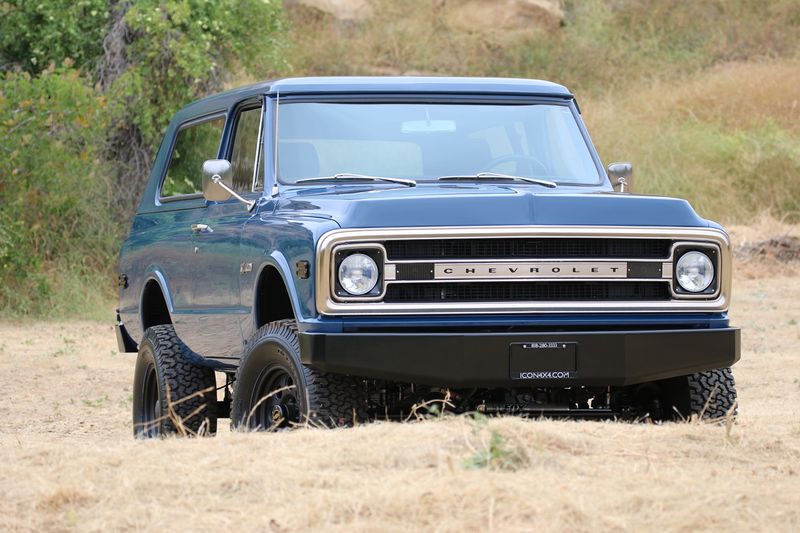
Vehicles from even a decade ago lack critical safety innovations that have become standard today. Your car’s idea of advanced safety might be a cassette player that automatically stops on impact.
Modern vehicles include collision avoidance systems, lane departure warnings, and adaptive cruise control. These aren’t luxury features—they’re life-savers.
Studies show newer safety technologies significantly reduce accident rates and severity, protecting you and your loved ones.
6. Weather Wimp

Snow flurries in the forecast? Time to cancel all plans! Your vehicle transforms into a terrifying toboggan at the first sign of inclement weather.
All-wheel drive systems, electronic stability control, and advanced traction management have revolutionized bad-weather driving.
Modern vehicles can confidently navigate conditions that would leave your current car paralyzed with fear. Why live at the mercy of weather forecasts when technology has solved these challenges?
7. Odometer Marathon Champion
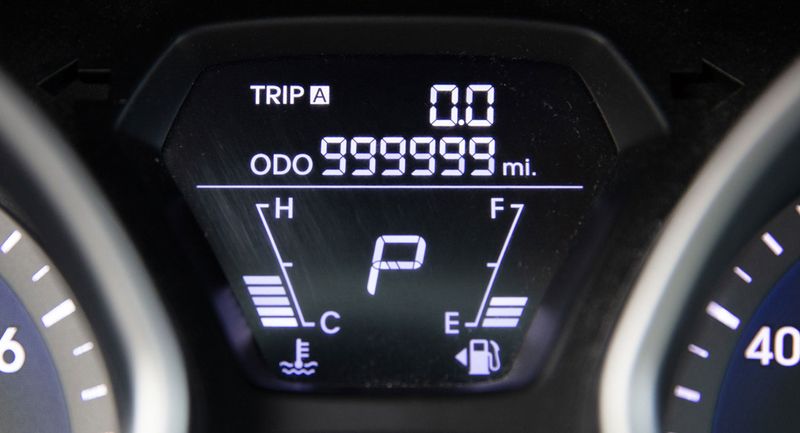
Bragging about high mileage is fun until something important breaks. That impressive number on your dashboard represents countless wear cycles on every component.
While reaching 200,000 miles deserves celebration, it also signals mechanical reality. Components designed with specific lifespans have been pushed to their limits.
Manufacturers engineer vehicles knowing that parts will eventually fail—and your high-mileage hero has likely exceeded those engineering expectations.
8. Transmission Tantrums

Shifting gears shouldn’t sound like someone throwing silverware down a metal staircase. Those concerning clunks, hesitations, or sudden jerking motions aren’t just annoying—they’re warning bells.
Transmission repairs rank among the most expensive automotive fixes, often running thousands of dollars.
When these complex systems begin failing, they rarely improve without major intervention. The cost-benefit analysis usually tips toward replacement when transmission troubles arise.
9. Rust: The Silent Destroyer
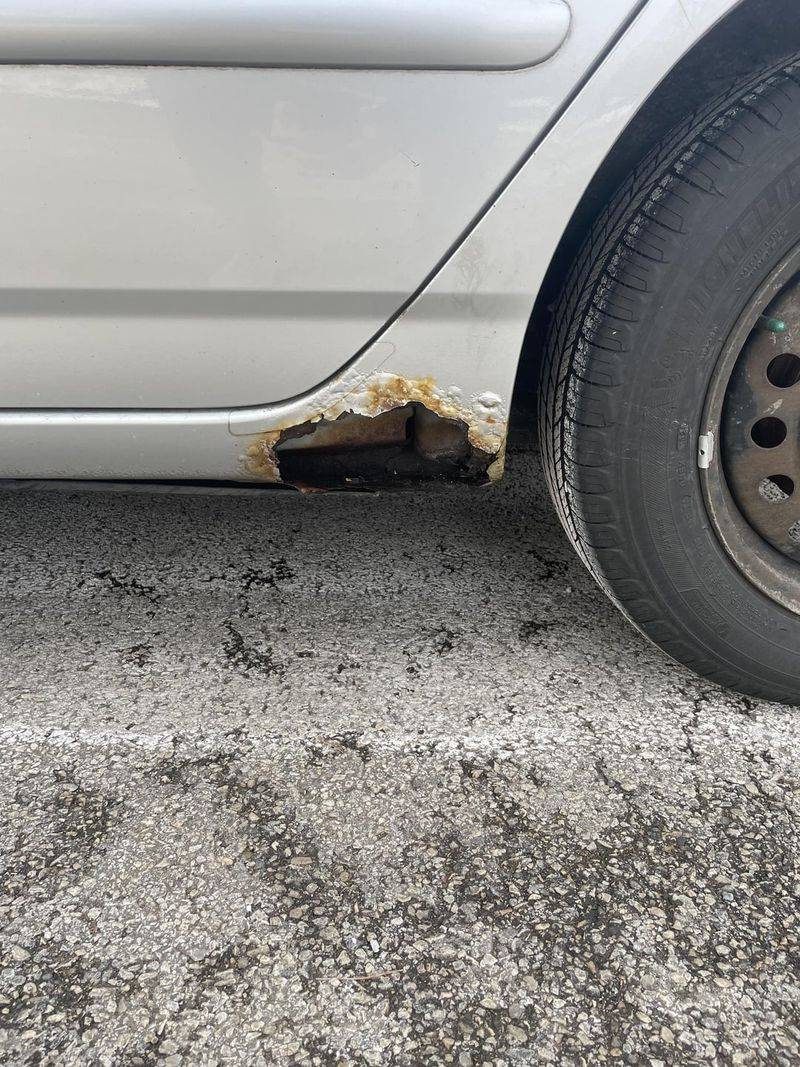
Holes in your floorboard providing unexpected ventilation? That’s not a feature—it’s structural deterioration. Rust doesn’t just look unsightly; it compromises your vehicle’s integrity.
Once corrosion takes hold, it spreads relentlessly through body panels and structural components. Beyond cosmetic concerns, advanced rust affects safety by weakening crash protection systems.
When rust reaches critical areas like frame rails or suspension mounting points, your vehicle becomes fundamentally unsafe.
10. Ride Quality Resembling A Wagon Trail

Every speed bump feels like scaling Mount Everest. Your passengers develop motion sickness on perfectly smooth highways, and conversations require shouting over mysterious rattles and squeaks.
Modern suspension systems provide comfort without sacrificing handling or control. The difference isn’t subtle—it’s transformative. Your driving experience should be pleasant rather than punishing, especially considering how much time most people spend in their vehicles.
11. Cargo Tetris Champion

Packing for a weekend getaway shouldn’t require an engineering degree. If fitting a single suitcase means removing the passenger seat, your vehicle no longer serves your needs.
Vehicle designs have evolved to maximize usable space while maintaining exterior dimensions.
Newer models offer flexible seating configurations, hidden storage compartments, and thoughtfully designed cargo areas.
Life changes—children arrive, hobbies develop, work requirements shift—and your vehicle should accommodate these evolutions.
12. Tech From The Stone Age
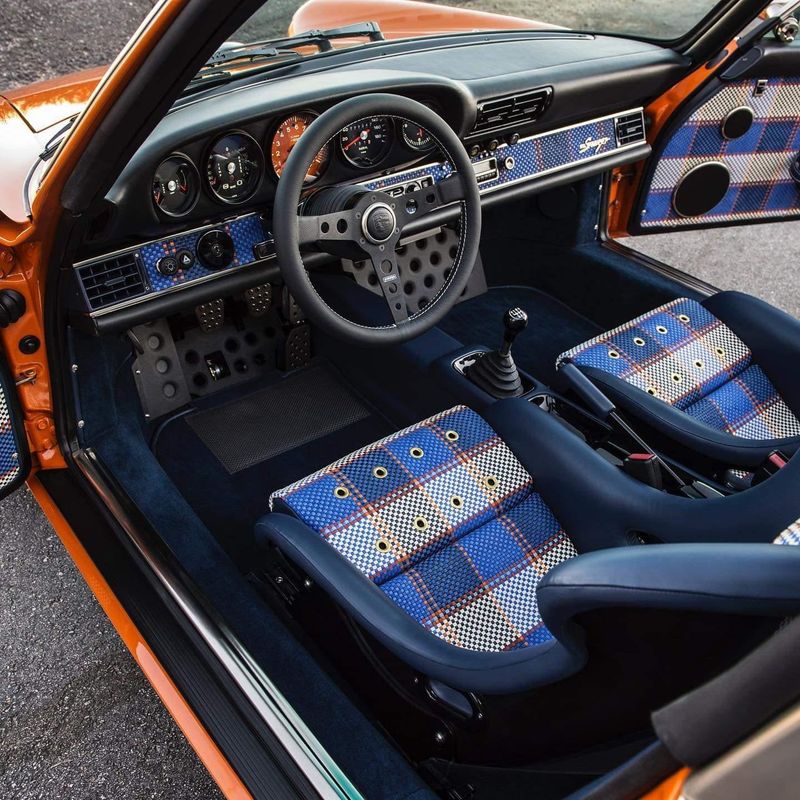
Your phone contains more computing power than NASA used to reach the moon, yet your car’s most advanced feature is a cigarette lighter.
The technology gap between your vehicle and modern life grows wider daily.
Today’s vehicles integrate seamlessly with digital lifestyles through smartphone connectivity, voice commands, and driver assistance features.
These aren’t just conveniences—they reduce distraction and improve safety by keeping your attention where it belongs: on the road.
13. Resale Value In Free Fall

Like day-old bread, your vehicle’s value keeps dropping—except much faster. The depreciation curve has turned into a cliff, with your car’s worth plummeting faster than you can say “trade-in.”
Vehicles generally lose value over time, but the curve accelerates dramatically after certain milestones.
When major systems approach end-of-life, market value reflects the impending repair costs. Trading before reaching this tipping point can save thousands in lost value.
14. Parts Scavenger Hunt
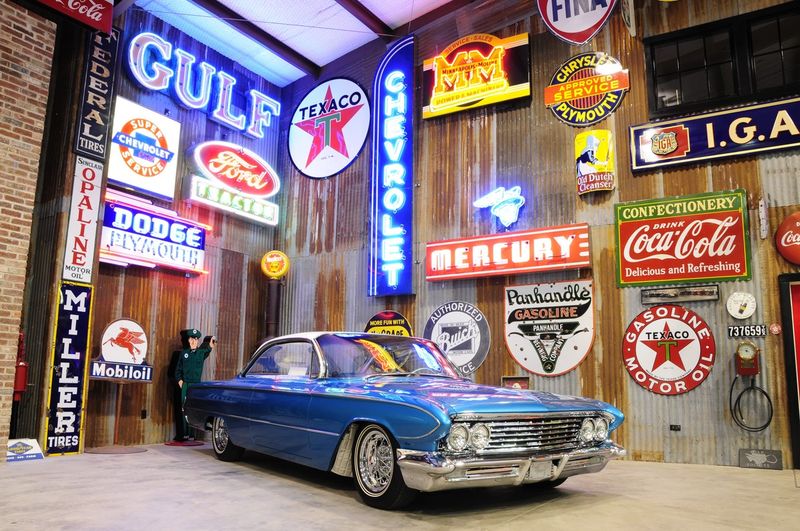
Your mechanic sighs deeply when you call. Finding replacement components has become an archaeological expedition, with parts either extinct or priced like rare artifacts.
Manufacturers typically support vehicles with parts for 10-15 years after production ends.
Beyond this window, you enter the unpredictable world of salvage yards and specialty suppliers. Repairs take longer and cost more when components aren’t readily available.
15. Dashboard Christmas Tree
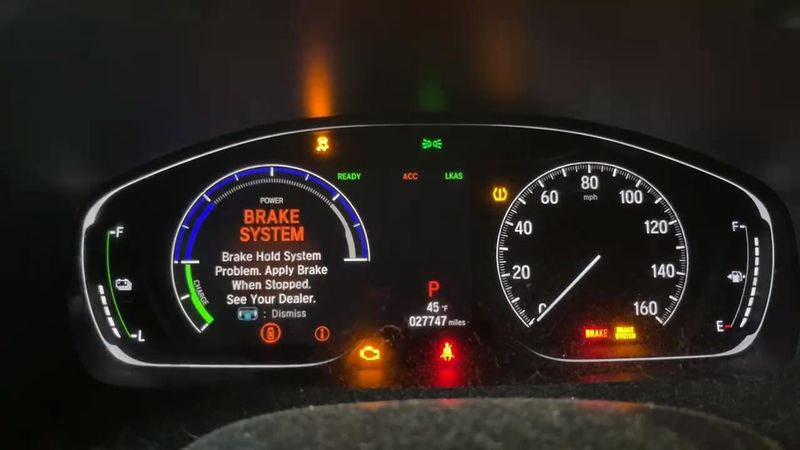
Warning lights illuminate your interior like a holiday display. That check engine light has been on so long you’ve named it and consider it a traveling companion.
Modern vehicles contain sophisticated diagnostic systems designed to alert drivers before catastrophic failures occur.
Ignoring these warnings is like dismissing chest pain—the consequences can be both expensive and dangerous.
When multiple warning systems activate simultaneously, they’re screaming that fundamental systems are compromised.
16. Climate Control Chaos

Summer drives feel like you’re touring the Sahara. Winter commutes require ski gear in the cabin. Your vehicle’s idea of climate control is rolling down windows in July.
Beyond comfort, functioning climate systems affect safety through proper defrosting and defogging.
Repairing aging HVAC systems often costs hundreds or thousands, with components buried deep in the dashboard. Modern systems maintain precise temperatures while improving efficiency.
17. Braking By Prayer
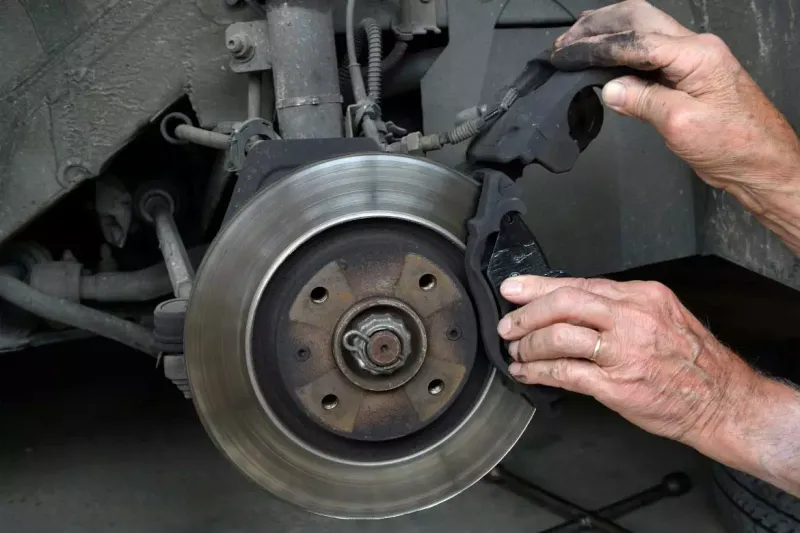
Stopping has become more suggestion than command. That spongy pedal feel and lengthening stopping distances aren’t just annoying—they’re potentially lethal.
Braking technology has advanced dramatically with anti-lock systems, electronic distribution, and emergency assist features.
These innovations significantly reduce stopping distances and help maintain control during panic stops. Few vehicle systems impact safety more directly than brakes.
18. Electrical Gremlins Multiply
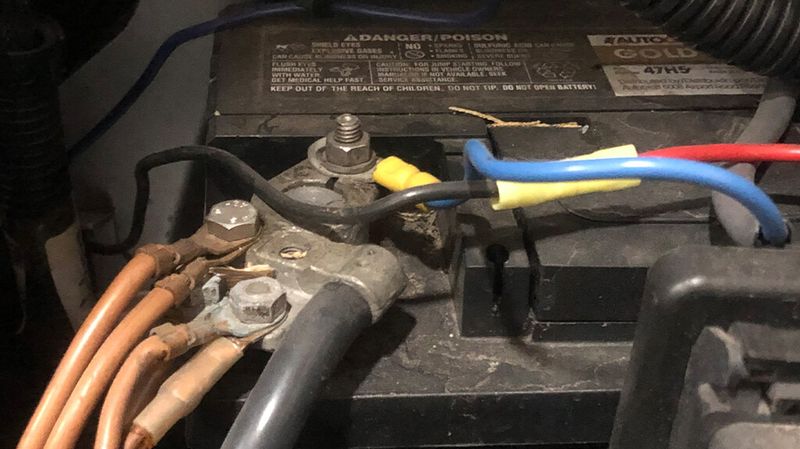
Random power windows, mysterious battery drains, and headlights with minds of their own plague your drives.
Electrical problems in aging vehicles multiply like rabbits, each fix seeming to spawn two new issues.
Modern automotive electrical systems are remarkably complex networks.
As insulation ages and connections corrode, tracking down problems becomes increasingly difficult.
What starts as an occasional quirk evolves into persistent, unpredictable failures that compromise reliability and safety.
19. Symphony Of Strange Sounds
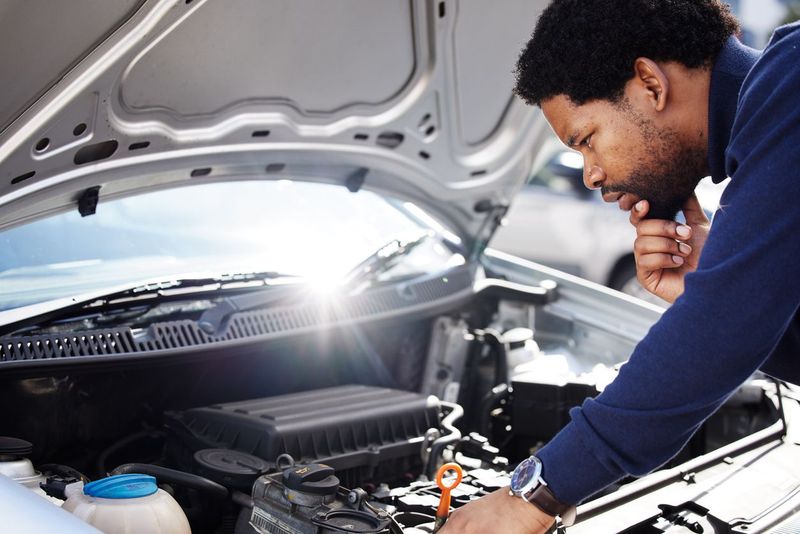
Your vehicle’s soundtrack includes whistles, rumbles, knocks, and mysterious thuds. Passengers frequently ask, “What was THAT noise?” to which you calmly reply, “Just ignore it like I do.”
Unusual noises almost always indicate mechanical problems developing.
Engine knocking, exhaust leaks, and bearing failures announce themselves acoustically before catastrophic failure. Modern vehicles run remarkably quietly, making problem diagnosis easier.
20. Interior Disintegration

Your seats have more cracks than the Grand Canyon. Mysterious stains of indeterminate origin decorate the upholstery, while the headliner droops low enough to style your hair while driving.
Interior materials face harsh conditions—temperature extremes, UV exposure, and constant use.
Eventually, plastics become brittle, fabrics tear, and surfaces wear through. Beyond aesthetics, deteriorated interiors affect comfort during daily use.
21. Insurance Premium Spike

Your insurance company seems suspiciously eager for you to upgrade. Those rising premiums reflect your vehicle’s outdated safety systems and increased claim likelihood.
Insurance rates consider both repair costs and occupant protection.
Older vehicles typically cost more to insure because they lack modern safety features that prevent accidents and protect passengers.
Many insurers offer substantial discounts for vehicles with advanced driver assistance systems.
22. Lifestyle Mismatch
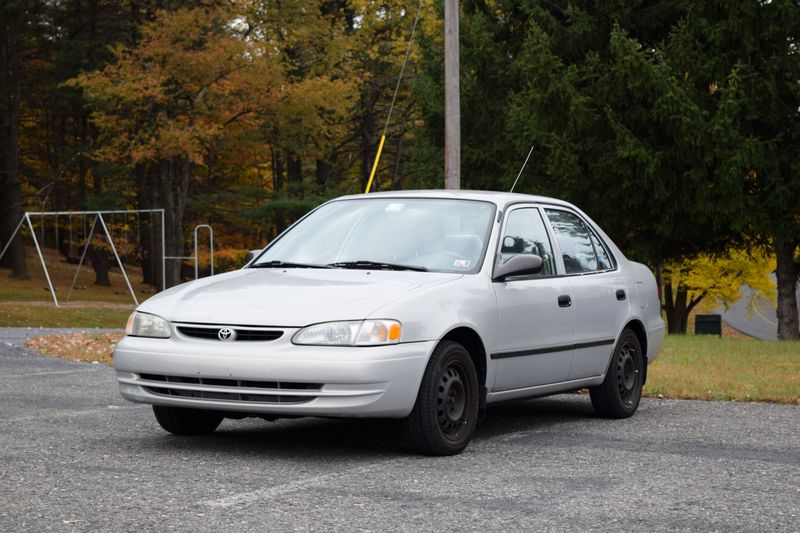
That two-seater sports car made sense before twins arrived. Your compact sedan worked perfectly until you started a landscaping business. Life evolves, but your vehicle hasn’t kept pace.
Vehicles should complement your current lifestyle, not remind you of a previous chapter.
Whether family expansion, career changes, or new hobbies drive the shift, forcing your life to accommodate an unsuitable vehicle creates daily friction and frustration.
23. Safety Anxiety

Merging onto highways triggers cold sweats. Each drive feels like tempting fate, with every trip ending in relief that you made it home safely.
Driving shouldn’t inspire dread. When you no longer trust your vehicle’s ability to protect you and your passengers, that’s your subconscious recognizing legitimate danger.
Modern vehicles are dramatically safer in crashes while helping prevent accidents altogether. This anxiety isn’t irrational—it’s your instinct for self-preservation sending an important message.
